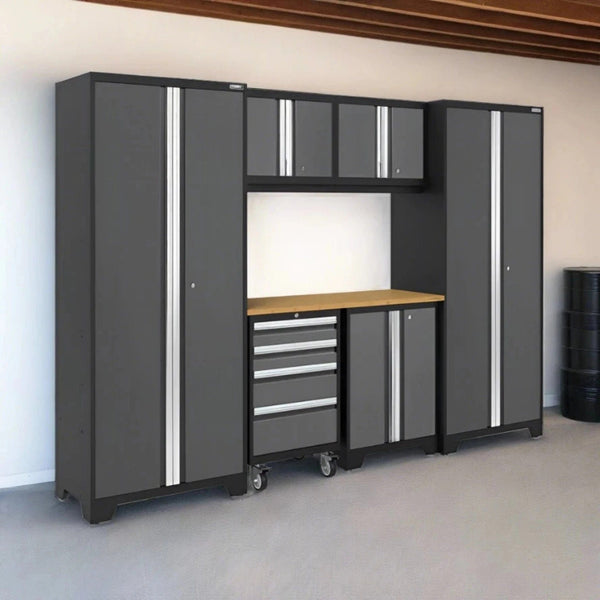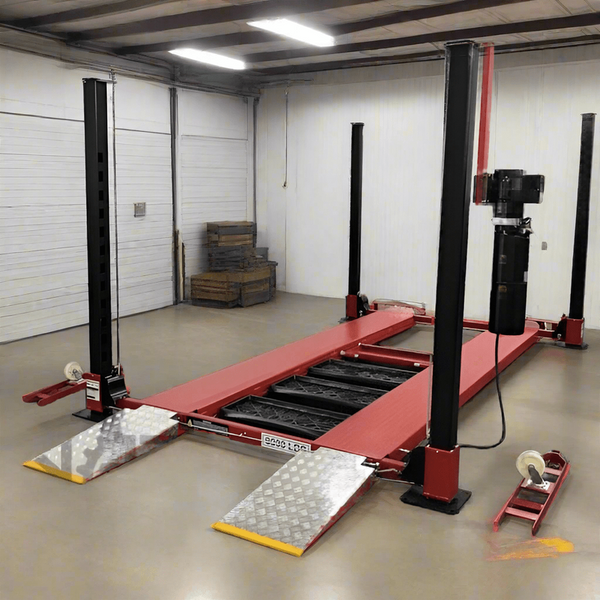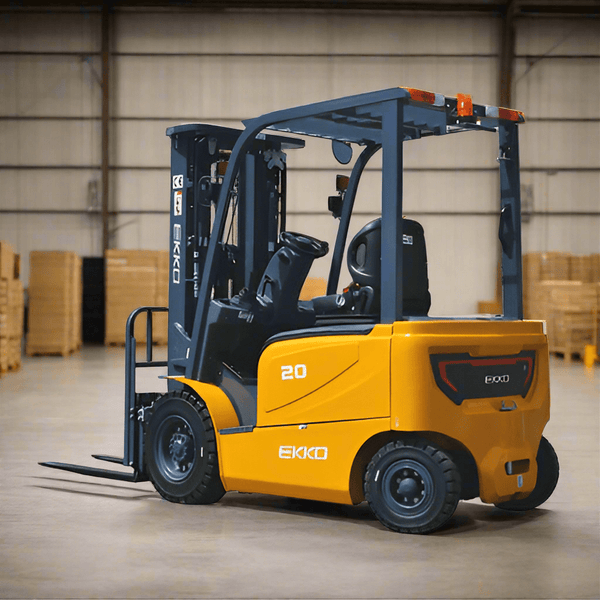
Portable Two-Post Car Lifts: A Buyer’s Guide to Capacity and Safety
Two-post car lifts are versatile and useful for professionals and home garages. You must ensure your lift can safely handle your vehicle's weight while working on it. This blog will help you to explore the portable two post car lift weight limits and also help you to specify a lift’s capacity according to your vehicle type.
Why Weight Limits Matter
The weight limit of a portable 2 post auto lift is concerning as safety features are crucial. Overloading can cause equipment failure or vehicle damage. Understanding your vehicle and lift capacity ensures the workspace is safe and extends the equipment’s lifespan. These lifts are designed with specific weight capacities and their hydraulic system, arms, and posts can handle only that much pressure.
Specified the Weight Capacity
Check the below points, before purchasing a portable two post lift:
Identify the Weight Distribution of Your Vehicle
Weight distributions for every vehicle are different, generally, the front and rear ends carry the uneven weight of the vehicle. Front-wheel-drive cars carry more weight over the front axle, but trucks and SUVs may distribute weight differently. The lift must be able to handle the weight of your vehicle.
Gross Vehicle Weight Rating (GVWR)
All vehicles have their weight ratings; you can find them in the vehicle manual or on the label inside the driver-side door. Mention vehicle weight is after getting fully loaded. To ensure compatibility, compare GVWR to the lift’s weight capacity.
Lift Arm Rating
The lift arms must support the weight of the vehicle at the lifting points. Make sure the arm’s rated capacity aligns with your vehicle’s weight distribution; uneven loading can cause instability or sometimes breakdown.
Most portable 2 post auto lift models can handle between 6,000 and 12,000 pounds, for more information read the product specifications.
Match the Lift to Your Vehicle Type
Different vehicle types require different carrying capacities. Always double-check your vehicle’s weight specifications and make sure your lift meets these numbers. Here are some general guidelines:
-
Compact Cars and Sedans: For standard cars, 6,000 to 8,000 pounds lift capacity must be sufficient.
-
SUVs and Light Trucks: These types of vehicles often weigh more than compact cars so consider a lift rated for 9,000 to 10,000 pounds.
-
Heavy-duty Trucks and Vans: Larger vehicles need lifts with capacities of 12,000 pounds or higher. For more safety, you can think of four post lifts as well.
Choosing the Right Two-Post Lift
While buying a mobile two post lift, check for quality and safety certifications. Look for models that meet industry standards such as ANSI/ALI certification to ensure equipment has passed rigorous testing. Also, consider your future needs, investing in a higher-weight capacity lift can save you money.
Tips for Safe Use of Portable Two-Post Lifts
-
Position the vehicle correctly as per recommended lifting points to distribute weight evenly (go through the manufacturer’s general for help). Incorrect positioning can lead to imbalance and potential tipping.
-
Never exceed the weight limits, keep it within the rated capacity of your lift. Always try to choose a higher-capacity lift model, especially when you’re uncertain about your vehicle’s weight.
-
Always count additional equipment weight, which can add more weight. Such as toolboxes, fuel, or equipment loaded onto your vehicle.
By considering these points, you can buy a suitable lift for your vehicle. For more information about these lifts follow our blog page. Also, visit mygaragesupplies and explore a wide range of garage accessories and equipment. Experience smooth and secure purchasing and also get a Mystery Discount at checkout!





